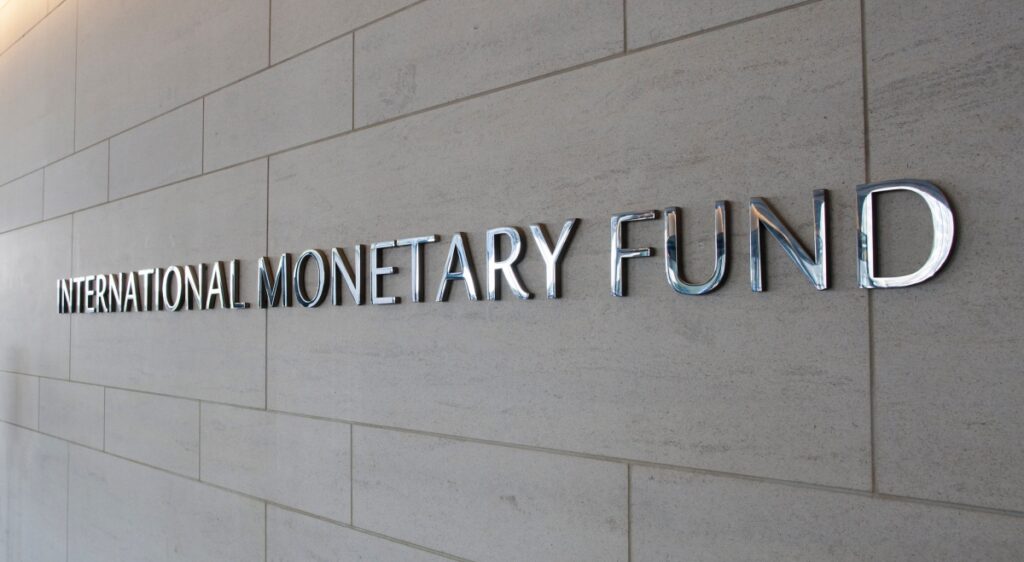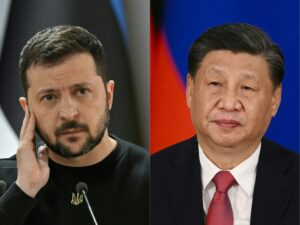
The International Monetary Fund (IMF) executive board’s approval of loans is being celebrated in the elite quarters of Sri Lanka. The IMF’s recommendations have been implemented for close to a year, however, they have exacerbated the island nation’s economic depression.
The reality is that the IMF agreement and the limited funds that will be released in instalments will not alter the trajectory of a collapsing economy.
Given Sri Lanka’s default on its external debt in April 2022, the debt restructuring process, which is aimed at reducing its unsustainable debt levels, is likely to drag on for months, if not years.
Indeed, without a major course correction in Sri Lanka’s economic trajectory and a significant “haircut” – reduction of outstanding interest payments or a portion of a bond payable that will not be repaid – on its external debt, it will likely be knocking on the door for another IMF agreement. It could face another default in a few years.
The agreement is based on the same assumptions and projections rooted in the free market regime. But Sri Lanka’s challenge is not to return to the deep waters of a turbulent global economy. Instead, the country must identify avenues to increase domestic production of essential goods which its people need for survival. This includes strengthening the food system through local agricultural production.
Sri Lanka may find itself drowning in the dead weight of external debt if the process of achieving debt sustainability is predicated on integrating back into the global economy through more loans and hypothetical opportunities in the distant export markets.
At the heart of the problem is the conflation of the country’s two deficits: 1) the primary budget deficit, which consists of the government’s revenues versus expenditure, and 2) the current account deficit, which is the country’s foreign earnings versus expenditure.
The effects of the IMF-recommended austerity measures to meet a primary budget surplus target for 2024 can already be seen in the tremendous contraction of the economy in 2022.
Sri Lanka’s gross domestic product (GDP) contracted by 12.4% in the fourth quarter of 2022 alone. However, during the same quarter, the external balance had a surplus of $ 154 million. This happened mainly due to the prioritisation of imports, which for years the nation’s governments had avoided, because of the ideological “straitjacket“ of free trade.
Going forward, a focus on domestic investment and production, while managing the external sector, should be the strategy for reviving the country’s economy. But due to the IMF’s emphasis on a primary surplus and a free market regime, the opposite policies are being pursued. This strategy is inflicting tremendous suffering on the people.
The “straitjacket” approach of free trade attracts foreign capital, which includes a return to borrowings in the international capital markets. But wasn’t that one of the central causes of Sri Lanka’s economic crisis in the first place?
Sri Lanka’s high-interest loans and debt-financed capital inflows were repaid with the hard-earned foreign exchange of its working people. And that debt was invested in unproductive infrastructure and luxury real estate.







